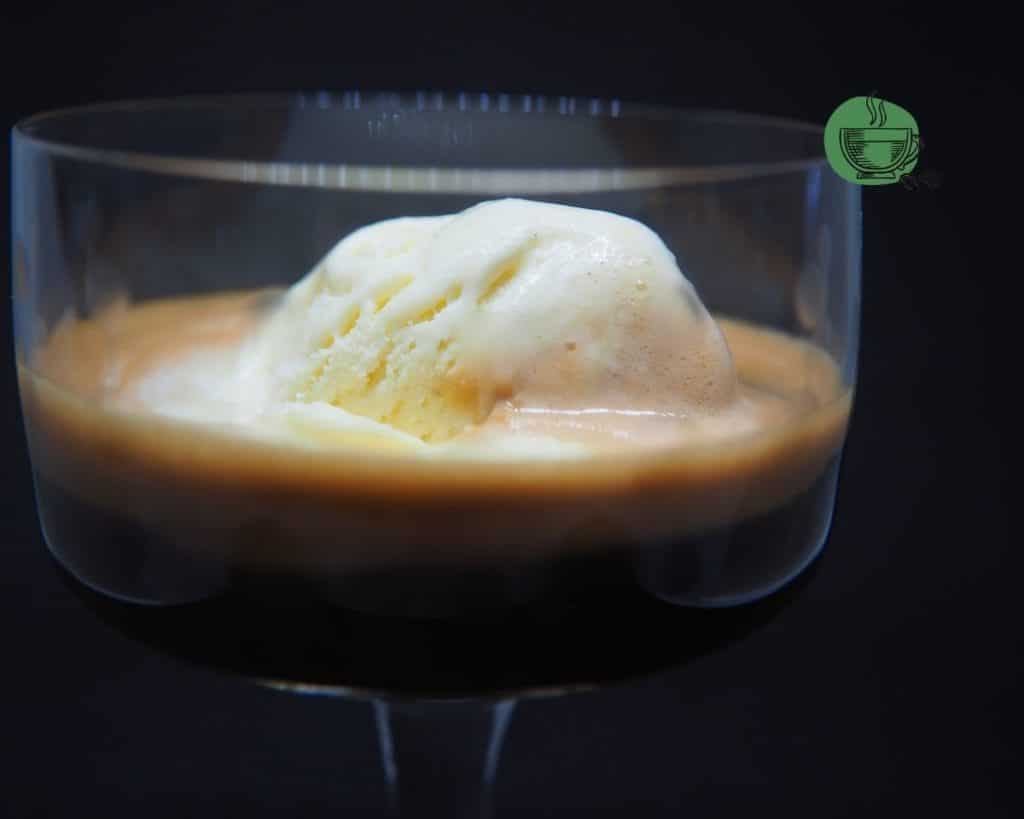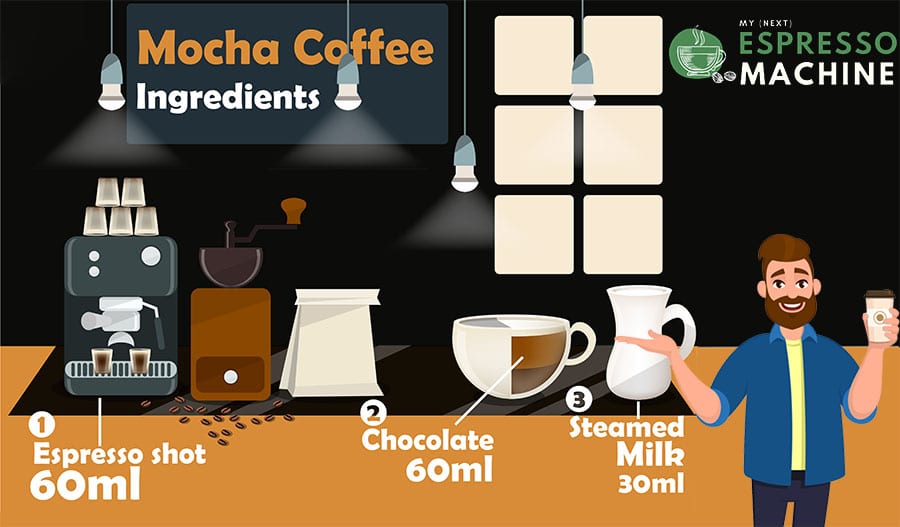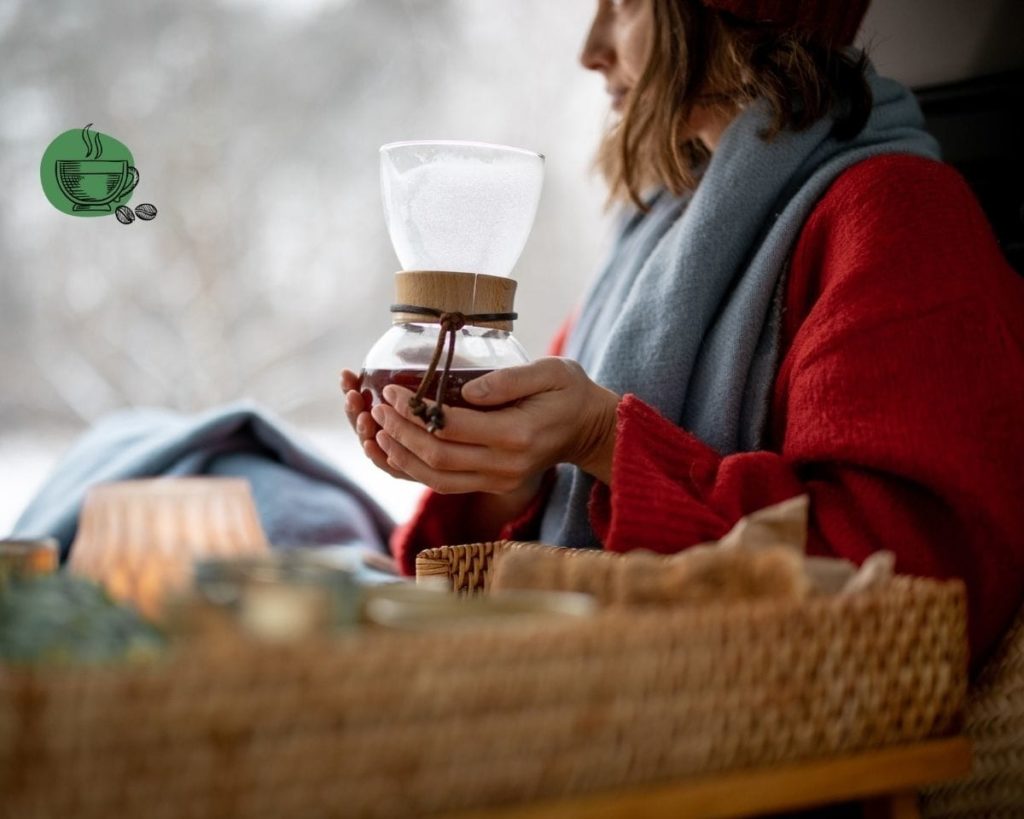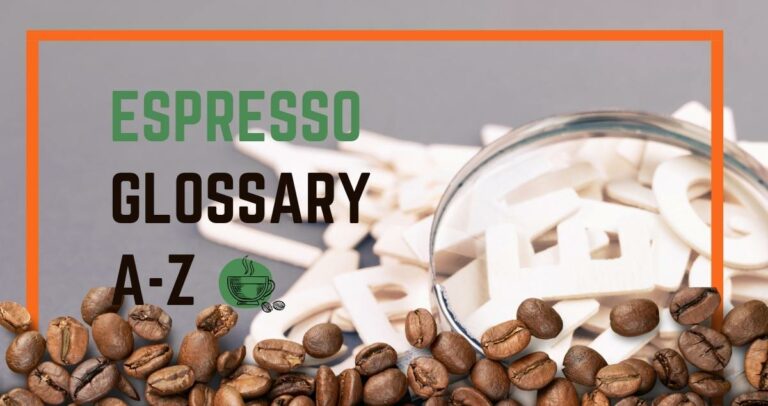Welcome to our comprehensive espresso glossary! Below, you’ll find everything from basic espresso terms to more advanced concepts. Whether you’re just starting with espresso or have been brewing for years, we hope this resource will be helpful. Happy brewing!
A
Affogato: An espresso served over a scoop of ice cream.
Aftertaste: The lingering taste of coffee long after it has been swallowed.
Americano – An espresso diluted with hot water, resulting in a drink
similar to drip coffee.
Arabica coffee – Arabica is the most popular coffee in the world, accounting for about 60% of global production.
Aroma: The pleasing, typically fragrant smell of coffee.Acidity: A bright, tangy taste quality that lends liveliness and zest to coffee.
Automatic espresso machine: A machine that prepares espresso at the push of a button, controlling all variables in the brewing process.

B
Balance: A coffee’s overall acidity, body, and flavor harmony.
Barista: A coffee professional who is skilled in the preparation and serving of espresso-based drinks.
Basket: The metal filter holds ground coffee in an espresso machine.
Bitterness: One of the basic taste sensations; perceived on the back portion of the tongue. In coffee, bitterness is generally undesirable.
Blind Filter: A filter basket used to clean a coffee machine’s group head. It has no holes and is filled with water, forcing it.
Blind tamping: The practice of tamping coffee without removing the portafilter from the group head to evenly distribute the coffee in the basket.
Blond: A term used to describe an espresso that is light in color, usually due to being under-extracted.
Body: The mouthfeel or texture of coffee, also known as “body.” Coffees with more body are often described as “full-bodied.”
Boiler: The type of espresso machine that heats water for brewing espresso. There are two types of boilers: steam and Thermoblock.
Breve Coffee (aka Caffè Breve): A coffee drink made with steamed half-and-half instead of milk.
Burr Grinder: A coffee grinder uses two rotating burrs to grind coffee beans.
C
Caffé al Limone – An espresso-based drink made with a slice of lemon. AKA: Espresso Romano.
Caffé Latte – An espresso-based drink made with steamed milk and topped with whipped cream.
Caffeine: A naturally occurring alkaloid found in coffee, tea, and cocoa. It is a central nervous system stimulant.
Cappuccino – An espresso-based drink made with steamed milk and topped with foam.
Capsules (Aka: Pods) – Small, pre-measured doses of coffee enclosed in a paper or plastic container. Used with some espresso machines.
Cinnamon Roast: A coffee bean roast darker than a light roast but lighter than a dark roast.
Clarity: The degree to which coffee is free of sediment or other particulate matter.
Clean: A term used to describe a coffee with no unpleasant flavors.
Coffee Bean – A coffee bean is a coffee plant seed typically found in Colombia, Ethiopia, India, and Brazil. The size of a coffee bean can vary, but they are typically about 5-8 mm.
Coffee cherry: The fruit of the coffee plant, which contains the coffee bean.
Cortado – An espresso cut with an equal amount of steamed milk, so it’s half espresso- half milk.
Crema: The golden-brown foam forms on top of a properly brewed espresso.
Cup tray: The area of an espresso machine where coffee cups are placed to be warmed by the machine.
D
Dark roast: Dark roast is a coffee bean roast darker than a medium roast.
Decaffeinated (Decaf): A term used to describe coffee from which most of the caffeine has been removed.
Demitasse: A small coffee cup typically used for serving espresso.
Dirty: A term used to describe a coffee with off-flavors or other defects.
Doppio: Two shots of espresso in a single demitasse.
Double: Two shots of espresso in a single demitasse.
Drip Tray: An espresso machine’s removable tray at the bottom collects drips and spillage.
E
Enzymes: Proteins that catalyze chemical reactions in the body. In coffee, enzymes break down complex sugars into simpler ones during roasting.
Espresso con Panna: An espresso-based drink topped with whipped cream.
Espresso machine: A machine used to make espresso.
Espresso martini – A cocktail made with espresso, vodka, and coffee liqueur.
Espresso Romano – An espresso-based drink made with a slice of lemon. AKA: Caffé al Limone.
Espresso: A coffee made by forcing hot water under pressure through finely-ground coffee beans. Espresso is generally more concentrated and has more caffeine than regular drip coffee.
Extraction: The process of extracting flavors from coffee beans by grinding them and exposing them to hot water.

F
Filter: A device used to remove particulate matter from a liquid. In coffee, filters
Fine grind: A coffee grind finer than a medium grind but coarser than a Turkish grind.
Finish: The aftertaste of a coffee.
Flat white – An espresso-based drink made with steamed milk (see: Flat White Vs. Macchiato)
Flavor: The overall taste of coffee combines aroma, acidity, body, and bitterness.
French press: A coffee maker that uses a plunger to press hot water through ground coffee.
Froth: The foamy layer of milk forms on top of espresso when properly brewed.
Fruity: A term used to describe a coffee with fruity flavors.
G
Gasket: A rubber or silicone ring that seals the portafilter to the espresso machine.
God Shot: An espresso shot that is extracted perfectly.
Grassy: A term used to describe a coffee with grassy flavors.
Green: A term used to describe unroasted coffee beans. Green coffee beans are soft and have a greenish-brown color.
Grind: The size of the coffee beans that have been ground.
Ground coffee: Coffee that has been ground into small pieces.
Grouphead: The part of an espresso machine that holds the portafilter.
H
Hard water: Water that contains high levels of minerals such as calcium and magnesium. Hard water can cause problems in coffee brewing, such as scale buildup in espresso machines.
Herbal: A term used to describe a coffee with herbal flavors.
Hopper: The container on an espresso machine that holds coffee beans.
I
Imperfections: Defects in the flavor of the coffee.
Intensity: The degree to which a flavor is perceived. For example, an intense coffee will have strong flavors easily noticed.
J
Jittery: A term used to describe the feeling of restlessness or anxiety caused by too much caffeine.
K
Kick: Another term for the stimulating effect of caffeine.
L
Latte – An espresso-based drink made with steamed milk and topped with foam.
Lever: A espresso machine that uses a lever to press hot water through ground coffee.
Light: A term used to describe a coffee with a light body and flavor. Light coffees are often less acidic than dark ones.
Lungo: An espresso-based drink made with twice the amount of water as a regular espresso.

M
Macchiato – An espresso-based drink made with a small amount of steamed milk and topped with foam.
Macinato: Ground coffee.
Malty: A term used to describe a coffee with malty flavors. Malt refers to cereal grains such as barley that have been sprouted and dried.
Manual Espresso Machine: A type of espresso machine with no automatic features. The user has to manually control all aspects of the brewing process, from grinding the coffee to tamping it to extracting the shot.
Medium grind: A coffee grind that is finer than a coarse grind but coarser than a fine grind.
Medium Roast: A type of coffee that is roasted until the beans are brown in color with a slightly oily surface.
Mellow: A term used to describe a coffee with smooth, easy-to-drink flavors.
Metallic: A term used to describe a coffee with metallic flavors.
Microfoam: A type of milk foam that is very fine and creamy.
Mocha: An espresso-based drink made with chocolate and milk.
Moka Pot (aka Macchinetta) – A coffee maker that uses steam pressure to brew coffee.
N
Nespresso: A brand of espresso machine that uses capsules of pre-ground coffee.
Neutral: A term used to describe a coffee with no intense flavors. Coffees described as “mild” or “smooth” are usually neutral.
O
Oil: The natural oils present in coffee beans. These oils give coffee its flavor and aroma. Coffee beans that are high in oil content are said to be “oily.”
Organic: A term used to describe coffee that is grown without the use of synthetic pesticides or fertilizers.
Over Extracted: A term used to describe an espresso that has been extracted for too long. This can result in a bitter, astringent taste.
P
Pappy: A term used to describe an underdeveloped coffee that has not been roasted long enough.
Passing: A term used to describe the process of coffee beans being sorted by size and density. Coffee beans that are too light or too dark are typically removed during passing.
Percolator – A coffee percolator is a type of pot used for brewing coffee by repeatedly cycling boiling water through ground coffee beans.
Pod (aka: Capsule) – A type of coffee packaging that contains pre-ground coffee. Pods are used in some espresso machines, such as the Nespresso machine.
Portafilter: The handle that holds the filter basket on an espresso machine.
Pour-over: A coffee brewing method involves pouring hot water over ground coffee.
Pre-infusion: A feature on some espresso machines that allows the user to wet the coffee grounds before brewing. This helps to evenly extract the coffee.
Puck: The used coffee grounds left in the filter basket after brewing.
Pump: A espresso machine that uses a pump to pressurize hot water and force it through the coffee grounds.

Q
Quakers: A term used to describe coffee beans that have not been roasted long enough. Quakers are pale in color and have a soft, spongy texture.
R
Rancid: A term used to describe a coffee that has gone bad and has an unpleasant odor.
Redeye: A type of coffee made by adding hot water to espresso. Redeye is also known as “americano.”
Ristretto: An espresso-based drink made with a smaller amount of water than a regular espresso.
Robusta: Robusta is a species of coffee that is lower in quality than Arabica. Robusta beans are often used in instant coffee and espresso blends.
S
Sediment: The fine particles that settle at the bottom of a cup of coffee. Sediment can give coffee an unpleasant flavor.
Semi-automatic Espresso machine: A type of espresso machine with some automatic features, but the user still has to do some tasks manually.
Shot: A term used to describe a small amount of coffee. Espresso is typically made with one shot of coffee.
Single-origin: A term used to describe coffee from a specific country or region.
Spout: The part of an espresso machine where the coffee comes out.
Superautomatic Espresso machine: A type of automatic espresso machine that is fully automatic. The user doesn’t have to do any tasks manually.
Steam Wand: A tool on some espresso machines used to steam and froth milk.
Stovetop Espresso maker (aka Moka Pot) – A coffee maker placed on top of a stove. It uses steam pressure to brew coffee.
T
Tannins: Plant-based compounds that give coffee its bitterness. Tannins are also found in wine and tea.
Thermal carafe: A carafe designed to keep coffee hot for a long time.
Thermoblock: An espresso machine that heats water to quickly brew temperature.
Tiramisu: A coffee-flavored Italian dessert made with ladyfingers, mascarpone cheese, and espresso.
Turkish coffee: Coffee made by brewing ground coffee with water and sugar. Turkish coffee is also known as “Greek coffee.”
U
Underdeveloped: A term used to describe a coffee that has not been roasted long enough. Underdeveloped coffees are pale in color and have a soft, spongy texture.
Under Extracted: A term used to describe an espresso that has been extracted for too short of a time. This can result in a sour or weak-tasting
V
Varietal: A term used to describe a coffee made with beans from one specific plant.
W
Water Filter: A type of filter that is used to remove impurities from water. This helps to improve the taste of coffee.
Water process: A method of decaffeinating coffee beans using water. The water process is considered to be more natural than the chemical process.
Water Reservoir: The part of an espresso machine that holds water.
Wet process: A method of processing coffee beans in which the coffee cherries are soaked in water before being hulled. The wet process is typically used for Arabica beans.
Whipped cream: A type of cream that is whipped and has a light, fluffy texture. Whipped cream can be used to top espresso-based drinks. See: Espresso con Panna
Wild: A term used to describe a coffee made with beans from one specific plant.
X
Xanthine: A type of chemical compound that is found in coffee. Xanthine is responsible for the stimulating effects of caffeine.
Y
Yemen: A country in the Middle East known for its high-quality coffee. Yemeni coffee is often described as being very intense and flavorful.
Z
Zimbabwe: A country in Africa that produces a small amount of specialty coffee. Zimbabwean coffee is often described as being fruity and complex.



